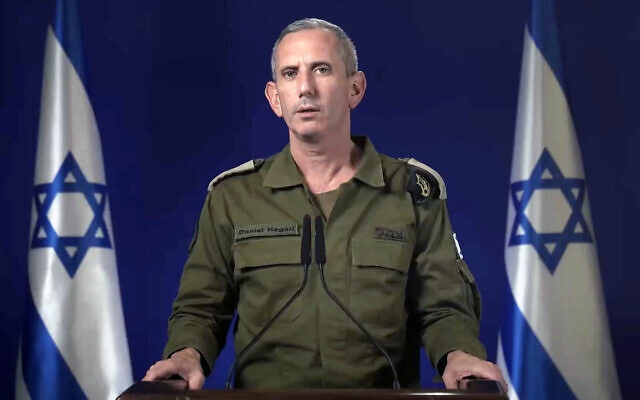Despite both Israel and Hezbollah publicly stating that they do not desire war, the current atmosphere in the Middle East suggests that both are fully prepared for conflict. The longstanding animosity between Israel and Hezbollah, the Lebanese Shiite militant group, has reached a tense equilibrium, where military readiness on both sides is at its peak, even as diplomatic channels attempt to keep the peace.
Historical Context and Present Tensions
The history of conflict between Israel and Hezbollah dates back to the early 1980s, following Israel’s invasion of Lebanon. Over the decades, this tension has evolved, with numerous skirmishes and full-scale conflicts, most notably the 2006 Lebanon War. Despite a UN-brokered ceasefire, the underlying issues that fuel this hostility remain unresolved. Hezbollah’s increasing influence in Lebanon, backed by Iran, and Israel’s ongoing concerns over security have kept both parties in a perpetual state of readiness.
In recent months, the situation has become increasingly volatile. The border region between Israel and Lebanon has witnessed a rise in incidents, with both sides accusing the other of provocations. Hezbollah has continued to amass weapons, including precision-guided missiles, which Israel views as a significant threat. In response, Israel has bolstered its defenses and conducted military drills simulating potential scenarios involving Hezbollah. This escalation has led many to fear that a miscalculation could trigger a full-scale conflict, despite both parties insisting that war is not their goal.
Strategic Preparations: A Paradox of Peace and War
Israel’s military, the Israel Defense Forces (IDF), is one of the most sophisticated and well-equipped in the world. It has spent years preparing for a possible confrontation with Hezbollah, particularly focused on countering the group’s missile capabilities. The IDF’s strategy involves not only advanced defensive measures but also offensive plans to neutralize Hezbollah’s infrastructure swiftly. Israel’s Iron Dome, David’s Sling, and Arrow missile defense systems are specifically designed to intercept and destroy incoming threats, providing a critical shield against potential Hezbollah attacks.
On the other side, Hezbollah has transformed itself from a guerrilla group into a formidable military force. With an arsenal of tens of thousands of rockets, anti-tank missiles, and drones, Hezbollah’s strategy focuses on asymmetric warfare designed to offset Israel’s technological superiority. The group’s leader, Hassan Nasrallah, has repeatedly stated that while Hezbollah does not seek war, it is fully prepared to defend Lebanon against any Israeli aggression.
The paradox here lies in the dual messaging from both sides. Publicly, both Israel and Hezbollah emphasize that they do not want war. However, their actions suggest a different reality. Military build-ups, continuous preparations, and the development of new strategies all point to a scenario where both sides are ready for the worst. This dichotomy underscores the fragile nature of peace in the region, where one wrong move could lead to catastrophic consequences.
The Role of External Influences
The involvement of external powers further complicates the situation. Iran’s support for Hezbollah, both financially and militarily, is a significant factor in the regional power dynamics. Israel views Iran’s influence as a direct threat, not only because of its support for Hezbollah but also due to Iran’s nuclear ambitions. The ongoing proxy conflict between Israel and Iran adds another layer of complexity to the Israel-Hezbollah relationship, making the situation even more precarious.
The United States, a staunch ally of Israel, also plays a crucial role. U.S. support for Israel’s right to defend itself is unwavering, but Washington has also urged restraint to avoid a broader regional conflict. The delicate balance of power in the Middle East means that any escalation between Israel and Hezbollah could quickly draw in other countries, leading to a wider and more devastating war.
Public Sentiment and the Future
Public opinion in both Israel and Lebanon reflects a deep weariness of conflict. In Israel, there is widespread support for the government’s efforts to maintain security, but there is also a strong desire for peace and stability. In Lebanon, while Hezbollah enjoys significant support among the Shiite population, there is also a growing frustration with the group’s militarization and its role in dragging the country into conflict.
As the situation stands, Israel and Hezbollah are locked in a precarious standoff. Both sides continue to prepare for the possibility of war, while simultaneously declaring their desire to avoid it. The coming months will be critical in determining whether this fragile peace can hold or if the region will once again be plunged into violence.











